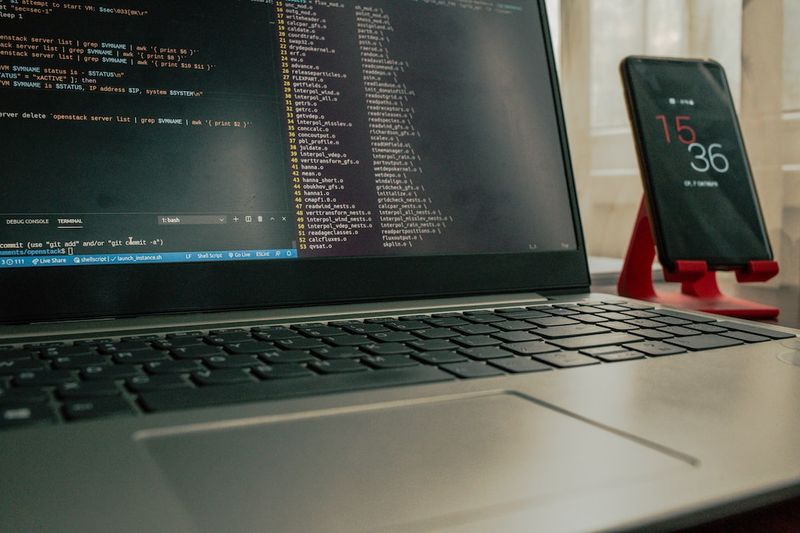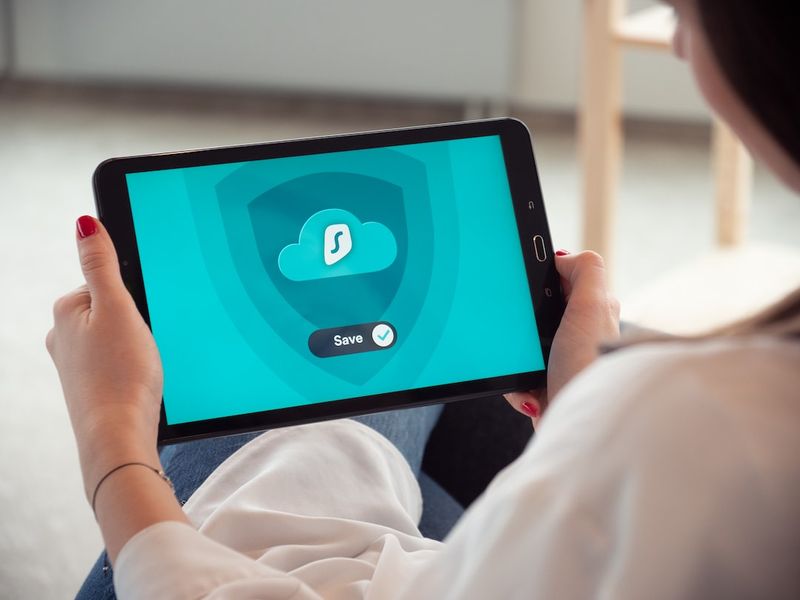RAT Capabilities Found in SophosEncrypt Ransomware Impersonator
Introduction
The cybersecurity firm Sophos recently announced the discovery of a new file-encrypting ransomware called SophosEncrypt. This malware, which impersonates Sophos, has been found to possess remote access trojan (RAT) capabilities in addition to its ransomware functionalities. The discovery of this sophisticated cyber threat raises questions about the evolving landscape of ransomware attacks and the need for improved cybersecurity measures.
The SophosEncrypt Attack
SophosEncrypt is being offered as part of the ransomware-as-a-service (RaaS) business model, where cybercriminals rent out the malware to enable widespread attacks. The malware has already been used in malicious attacks, raising concerns about the extent of its impact.
Upon analysis, Sophos discovered that SophosEncrypt can not only encrypt files and generate ransom notes, but also communicate with its operators over email and using the Jabber instant messenger platform. The malware employs advanced techniques, such as hooking the keyboard driver to log keystrokes, and abusing WMI commands to profile the system.
Impersonation and Non-Ransomware Features
What makes SophosEncrypt particularly noteworthy is its impersonation of the cybersecurity firm Sophos. This tactic adds an extra layer of sophistication and credibility to the attack, potentially deceiving victims into thinking that the malware is a legitimate Sophos product.
Furthermore, the malware excludes a list of directories that would impede system booting or contain unimportant files if encrypted. It also checks the language settings on the system and refuses to run if set to use the Russian language, suggesting a deliberate targeting strategy by the attackers.
Tor Connections and Associated IP Address
Sophos discovered that both samples of SophosEncrypt connect to a Tor (.onion) address related to a command-and-control (C&C) server, although none of them uses that connection. Additionally, the malware connects to a hardcoded IP address that has been previously associated with a Cobalt Strike C&C and malicious attacks distributing crypto-miners.
Additional SophosEncrypt Behavior
SophosEncrypt appends the ‘.sophos’ extension to encrypted files and drops a ransom note in each affected directory in the form of an HTML Application (.hta) file. The malware also retrieves a graphic from a public image library website and uses it to change the Windows desktop wallpaper to display a screen that reads ‘Sophos’. However, it is important to note that this screen does not replicate authentic Sophos logos, colors, or branding, but instead presents a green padlock logo and instructions for victims to contact the attackers.
Editorial: The Evolving Threat of Ransomware Attacks
Understanding the Sophistication of SophosEncrypt
The discovery of SophosEncrypt highlights the increasing sophistication of ransomware attacks. The ability of this malware to impersonate a reputable cybersecurity firm and possess RAT capabilities demonstrates the evolving techniques employed by cybercriminals. This ever-evolving threat landscape must be met with equally sophisticated security measures to protect individuals and organizations from becoming victims.
Importance of Internet Security
As the cyber threat landscape becomes more complex, it is essential for individuals and organizations to prioritize internet security. Basic measures, such as keeping software and systems updated, using strong and unique passwords, and implementing multi-factor authentication, can significantly reduce the risk of falling victim to cyber attacks.
Philosophical Discussion: Striking the Balance Between Privacy and Security
The discovery of a sophisticated ransomware like SophosEncrypt raises important questions about the balance between privacy and security. While it is crucial to protect personal and sensitive information from cybercriminals, it is equally important to safeguard individuals’ privacy and protect against invasive surveillance. Striking the right balance between these two competing interests is a complex task that requires thoughtful consideration, policy development, and collaboration between technology companies, governments, and civil society.
Advice for Individuals and Organizations
1. Update Software and Systems
Regularly updating software and systems is crucial to ensure the latest security patches are applied. Cybercriminals often exploit vulnerabilities in outdated software, so staying up to date with updates is essential.
2. Implement Strong Security Practices
Use strong and unique passwords for all online accounts, enable multi-factor authentication whenever possible, and be cautious when clicking on email attachments or links from unknown sources.
3. Backup Data Regularly
Maintaining regular backups of important files and data is crucial to mitigate the impact of ransomware attacks. Backups should be stored offline or in a secure cloud storage solution.
4. Educate Employees and Users
Ensure that employees and users are educated about internet security best practices, such as safe browsing habits, recognizing phishing attempts, and reporting suspicious activities.
5. Invest in Robust Security Solutions
Utilize comprehensive security solutions that include features such as anti-malware, intrusion detection and prevention systems, firewalls, and endpoint protection to provide a layered defense against cyber threats.
In conclusion, the discovery of SophosEncrypt highlights the increasing sophistication of ransomware attacks and the need for robust internet security measures. It is imperative for individuals and organizations to stay vigilant, update software regularly, implement strong security practices, backup data, educate users, and invest in comprehensive security solutions to effectively mitigate the risks posed by evolving cyber threats.

<< photo by cottonbro studio >>
The image is for illustrative purposes only and does not depict the actual situation.
You might want to read !
- Cybersecurity Crusader: Kevin Mandia Reinforces the Fight Against Hackers
- Docker Security Breach Exposes API Secrets & Private Keys to Cybercriminals
- The Rise of Multi-Botnet DDoS Attacks: Exploiting the Zyxel Vulnerability
- North Korean State-Sponsored Hackers Suspected in Expansive JumpCloud Supply Chain Attack
- Rise of Pro-Russian Hacktivists: OnlyFans Becomes Their Newest Target




